A samurai was someone who was a noble military person, typically from a bloodline of past samurai. They were a part of Japanese culture from the 12th century until 1876. They saw their power grow over the years and were highly respected.
Samurai had their own code that they lived by, and held very dear to their way of life, called bushido. Part of their code was to practice the combat arts, remain loyal, as well as live frugally.
While some samurai would find themselves in fights and battles, they tried to restrain themselves when they could.
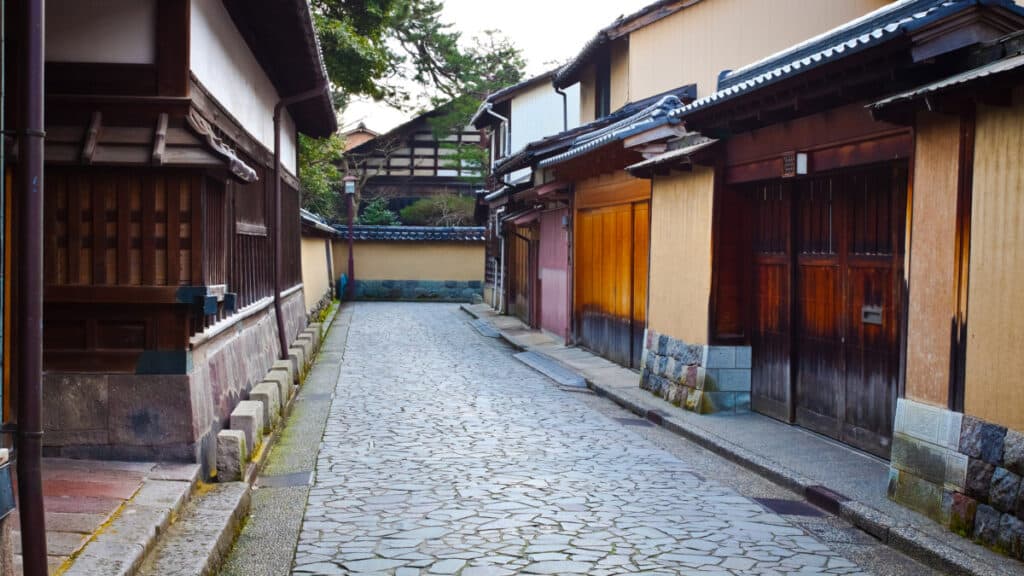
Samurai also lived in what is sometimes referred to as samurai towns, or bukeyashiki. A feudal lord would live there, and the samurai would live in the surrounding area so they could stay on guard for the feudal lord at all times.
In these towns, the feudal lord lived in a castle, leading to these towns also being referred to as castle towns.
While samurai do not reign today as they once did, their influence on Japanese culture still remains very much a part of the country. There are samurai towns that still exist today that can be visited.
Hirosaki Samurai District
There are remains of some samurai houses that still exist in the Hirosaki Samurai District. The area is in Nakachu, part of Hirosaki City, and the Tsugaru Clan resided over the area for some time.
What is left of these houses has been preserved and can be visited by tourists.
Hirosaki Samurai District Via Tripadvisor
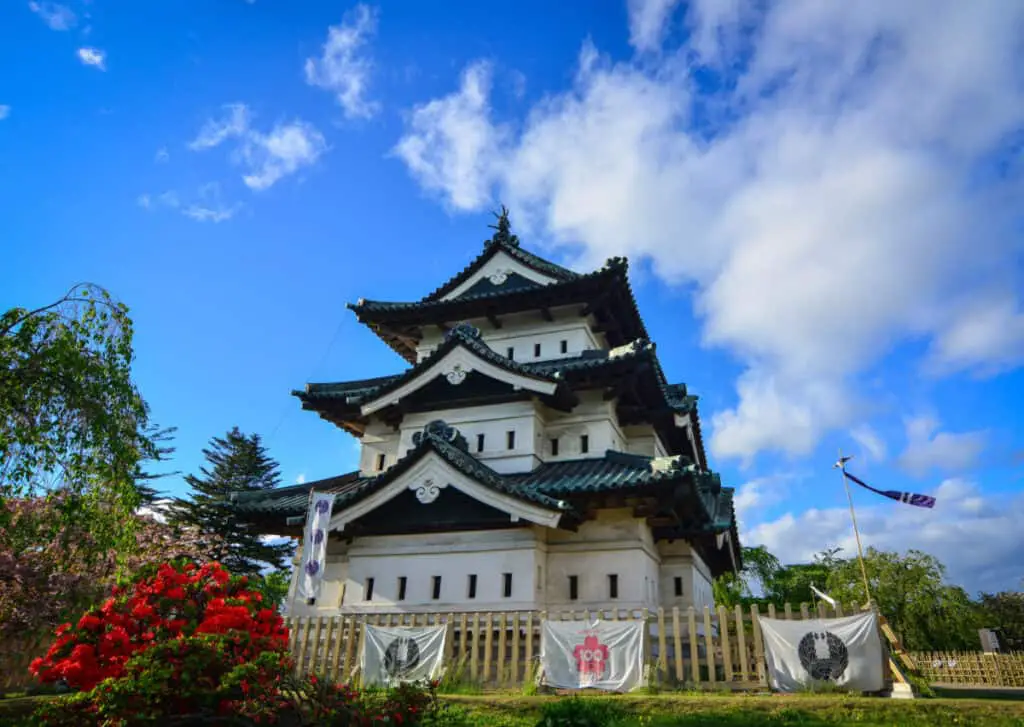
There were three main samurai houses in this area; Umeda, Iwata, and Ito. Ito was a samurai and his family was doctors, and it was their responsibility to provide medical care to the feudal lord.
There was also the Ishiba house which still stands today as a shop, as it was a place where merchants sold goods back in the samurai era.
Chiran Samurai District
There are residences that still remain in the Chiran Samurai District, as well as seven expansive and beautiful gardens that are maintained for tourists to peruse.
This district lies in downtown Chiran in the Satsuma Peninsula. The area has existed since the Edo period.
Chiran Samurai Residence Via Tripadvisor
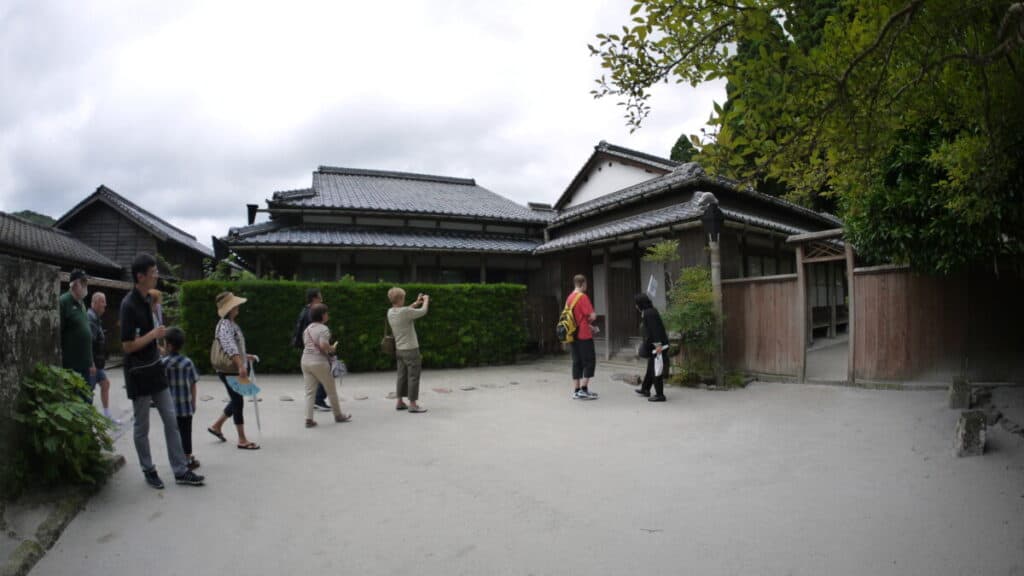
The district contains a path built of stones and hedges that conveniently allowed the samurai to shield themselves in the event that they were under attack.
The gardens within the district are traditional Japanese gardens. Two gardens have ponds and shrubs that are modeled after the Kagoshima mountain ranges.
The majority of the other gardens in the district consist of karesansui dry gardens. These gardens are decorated with Kyushu’s shirasu pumice and volcanic ash to model water surfaces common in traditional Japanese gardens.
Hagi Former Castle Town
This is one of the most well-known former samurai towns in Japan. It is located in the Yamaguchi Prefecture near the Sea of Japan. The Mori clan resided in this area for over 250 years, where they enjoyed bountiful political powers.
There was a castle within this town constructed by Mori Terumoto, but only the foundation remains today, which draws in many tourists.
Many of the residences where the samurai lived and the merchant houses they frequented have also been preserved for viewing today.
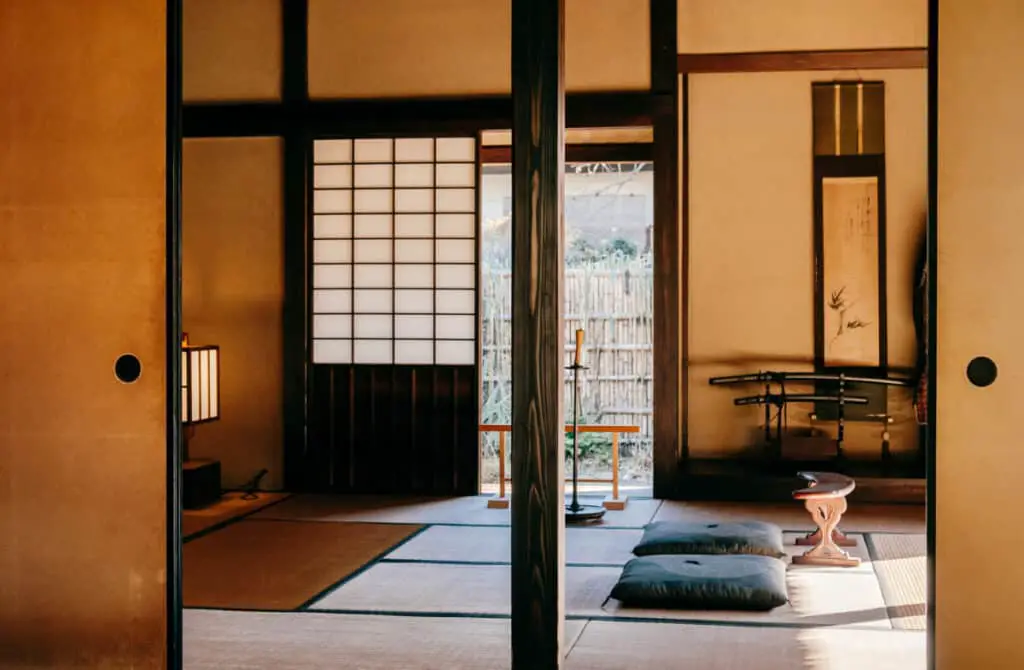
Tourists are also able to see the Kikuya residence within Hagi, where a samurai clan known to have become famous merchants stands as a historical property today. A lot of interesting things from the time of the samurai still remain today, including some of their homewares and weaponry.
There are also tatami rooms, a Japanese traditional garden, and museums within the area that are popular tourist destinations.
Kitsuki Samurai District
There are two samurai towns within this one district, with a commercial district right in the middle of the two. The Kitsuki Samurai District is found in Oita Prefecture on the Kunisaki Peninsula.
Much of the integrity of this district has been preserved, thanks to many efforts from historical preservationists. This allows people to be able to walk from each side of the district through the commercial area without seeing modern influences.
There are also samurai houses that can be walked through to get a glimpse at how samurai lived in that time.
Kitsuki Samurai District Via All Nippon Airways

Two residences, in particular, the Ohara and Nomi residences, are especially interesting due to how much history is still living within the walls.
The tatami rooms and Japanese gardens can still be viewed, as well as many of the medical instruments used in the Sano residence close by.
The Kitsuki Castle also stands today, though much of it had to be reconstructed. There are also many artifacts from the samurai era preserved in this district.
Matsue Samurai District
This samurai district allows visitors to get a supremely reserved glimpse at samurai life. While it consists of just a 1640 foot street of samurai residences, it’s not too far from Matsue Castle. Many prominent Japanese figures lived in this area.
Matsue Samurai District Official Website
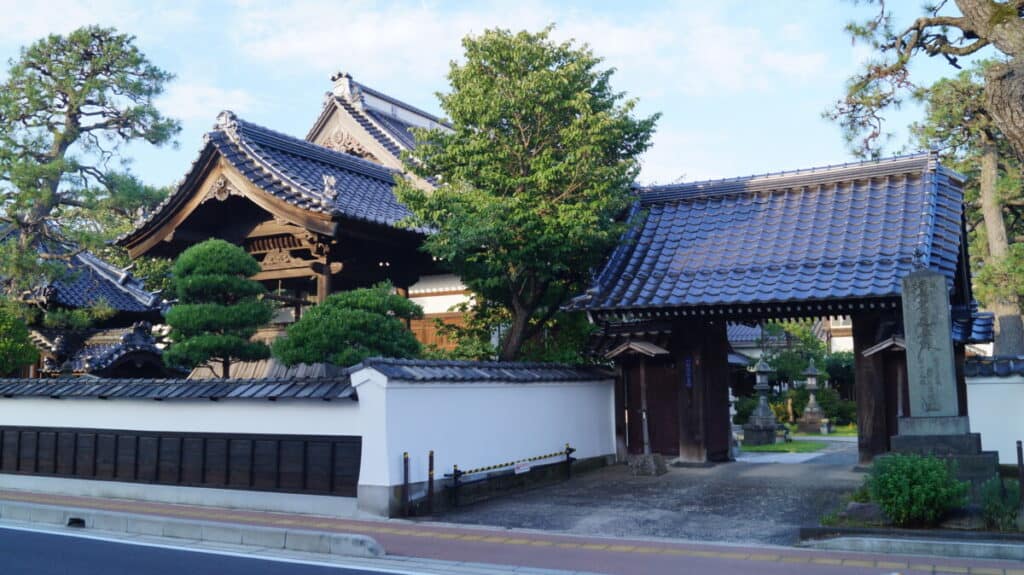
One such prominent figure whose home is still visible today is Lafcadio Hearn, also known by his naturalized name, Koizumi Yakumo. He was a Westerner who married into a samurai family and later produced many literary works popular in Japanese culture.
There is also a museum that houses some of Hearn’s work, as well as other samurai residences nicely preserved with items used in the past, as well as a garden.
Usuki Samurai District
Usuki City is prominently known as the samurai district that has been well-kept over the years. The road where the former samurai residences are situated is known as Nioza Historical Road.
Despite how well the residences have been kept up, the area where the former Usuki Castle once stood is now a park.
Usuki Samurai District Via Japan National Tourism Organization
Within the residences, some of the most famous being the Marumo and Inaba residences, you can view household objects, furniture, and other everyday items that can still be seen.
There are also merchant shops nearby where people can shop for exclusive memorabilia and souvenirs.
Aizu Bukeyashiki
The Aizu Bukeyashiki has an interesting history. The original building, which was quite expansive and luxurious, was burned down during the Boshin War in 1868.
However, it was able to be rebuilt to the specifications of the original building because there were blueprints that survived.
Aizu Bukeyashiki Via Visit Tohoku
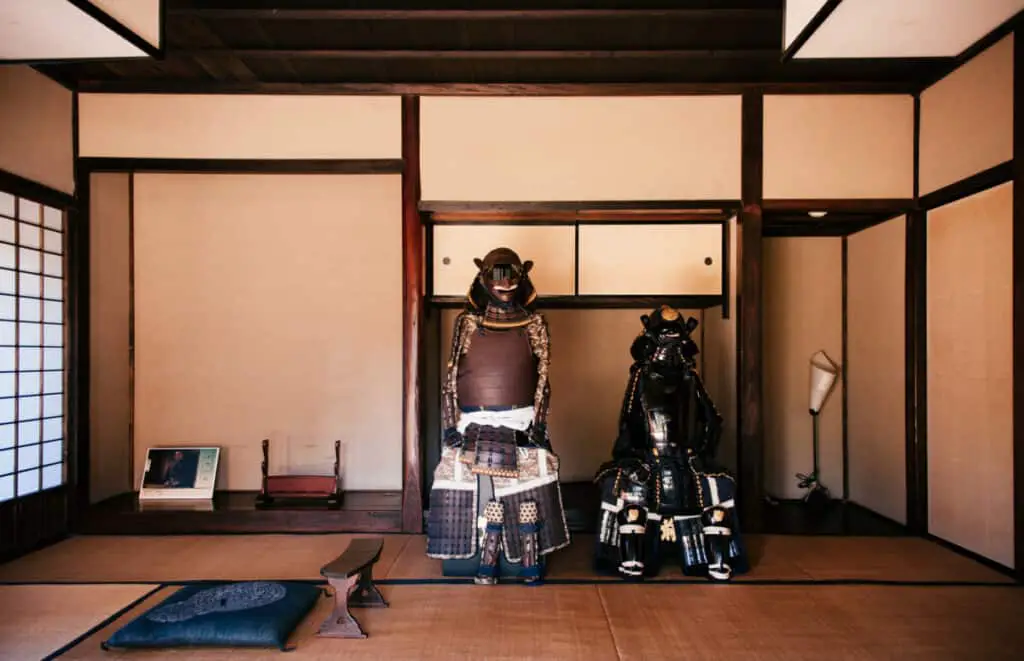
The lavish, 38 room residence was built by Saigo Tanomo and his family. Many of the rooms were built for specific purposes, including tea rooms.
When his family was told that he passed away during a battle, Tanomo’s family members all took their own lives on the property.
The only survivor was Tanomo’s wife, who was later killed by a samurai who came onto the property but at her request. Much of the interior pays homage to the time they lived, with many artifacts and clothing synonymous with the time.
Kakunodate Samurai District
As many as 80 samurai families lived in this district during the Edo period, and some of the descendants of one of the families still live in the district today.
It was constructed when Yoshikatsu Ashina was the lord in 1620. Many prominent samurai families lived here, including Aoyagi, Kawarada, and Matsumoto.
Kakunodate Samurai District Via Visit Tohoku
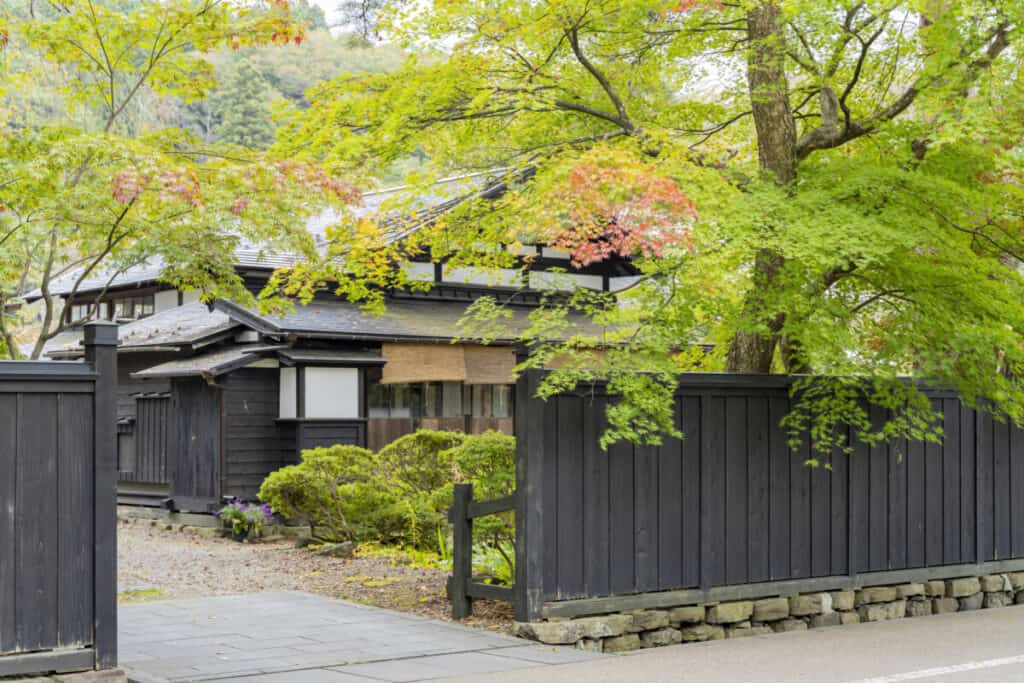
Some of these homes will accept tourist visits for free, and some require a small payment. In these houses, you can see all sorts of items and heirlooms on display.
One of the most sought-after places to explore is the old storeroom, which has been in existence for over 100 years.
Tsuwano Old Town
Tsuwano has a plethora of sights to see, including unique mansions where samurai used to reside. A lot of what existed in this old town still exists today and was used for interesting purposes during the era.
For example, what is now a koi pond used to be an emergency water supply to fight fires, and housed fish for emergency food supply.
Tsuwano Old Town Webiste Via ANA
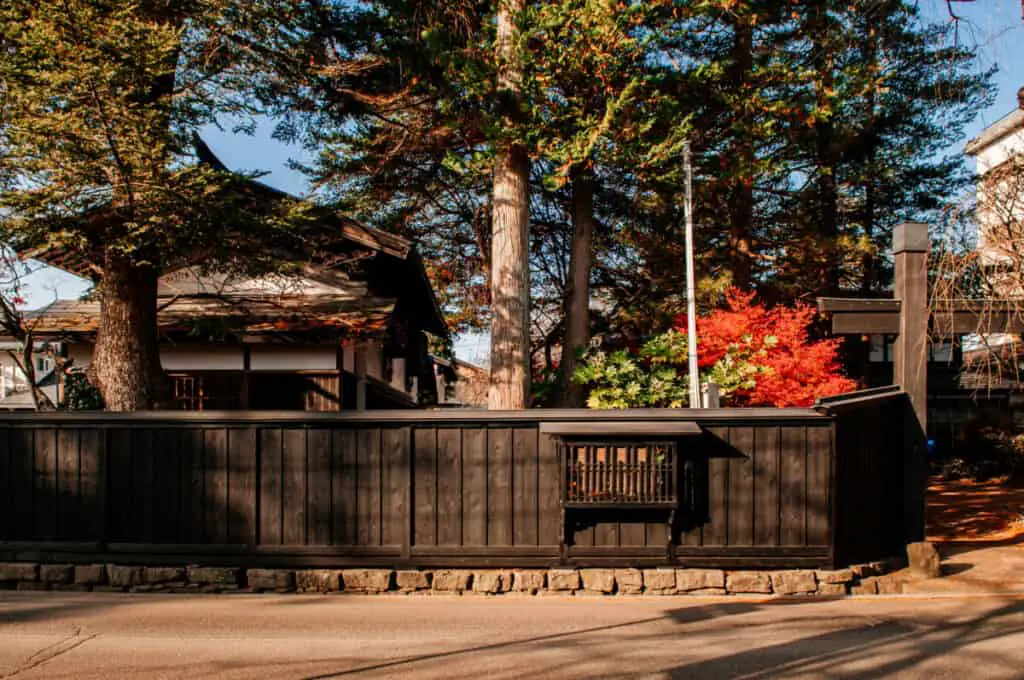
Many of the buildings are quite old, but house tourist destinations that can be attended today. Some of these destinations include museums and a church.
The church is Catholic and was erected to honor the lives of Christians who were killed during the Meiji period.
Nagamachi Samurai District
Nagamachi Samurai District allows a unique opportunity to understand the structural engineering that went into building many homes years ago. You can view preserved row house gates that were built with stones and mud.
Some of them are still standing still today, while others had to be restored.
Nagamachi Samurai District Via Visit Kanazawa
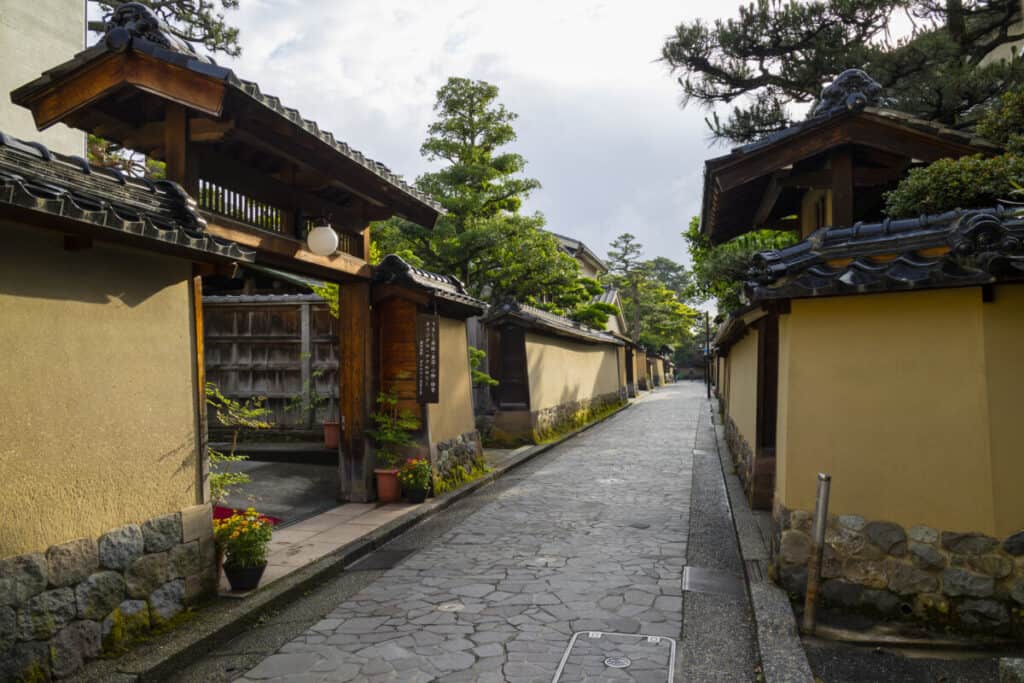
In the middle of the district, visitors can also see the Onosho Canal, which is the oldest canal in Kanazawa.
Within the residences and the museums located within the district, you can get a glimpse into the way some of the wealthiest samurai once lived.










